Bjorn Borg and John McEnroe, the two most charismatic tennis players ever.
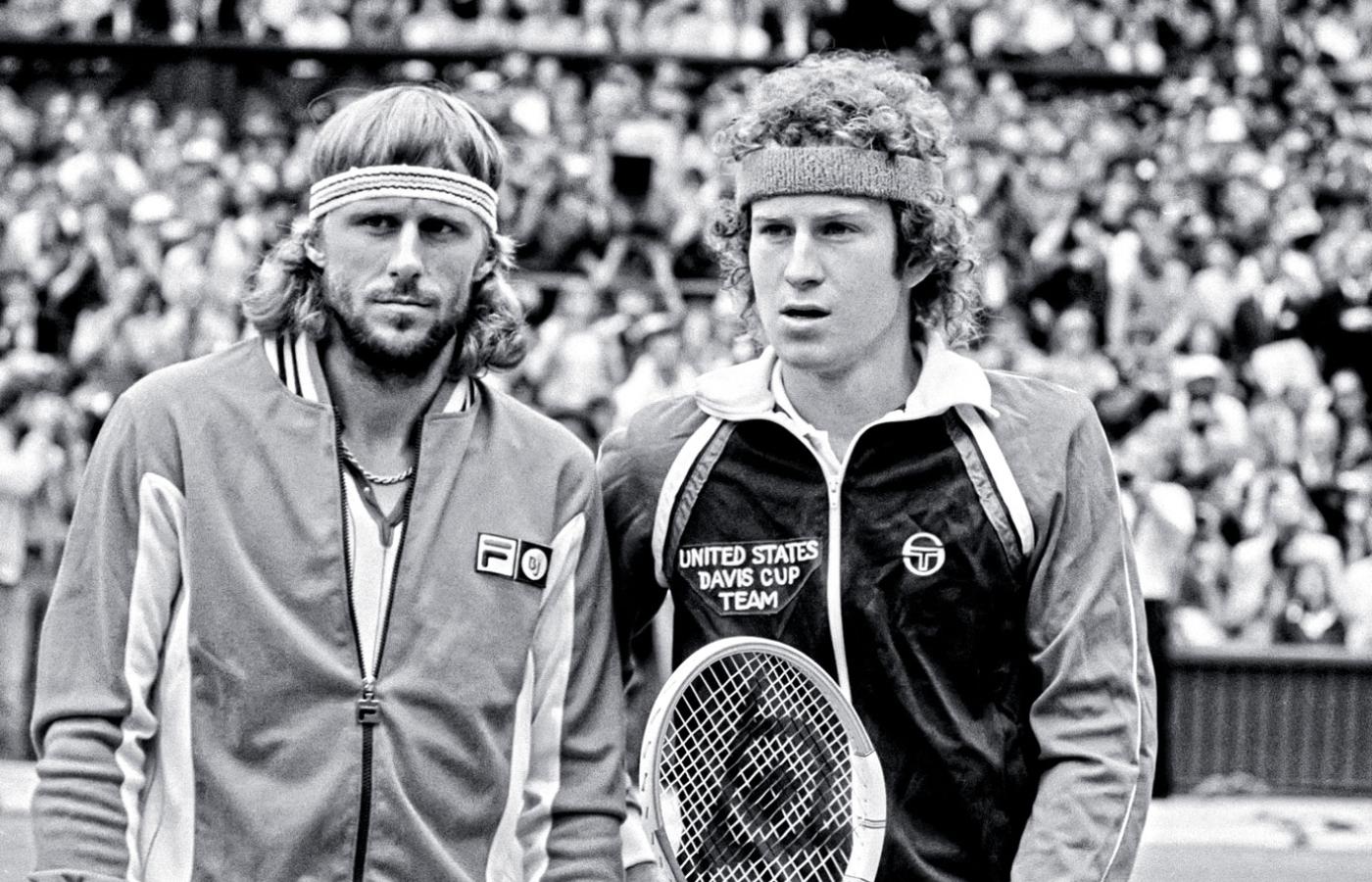
They were also technically champions even if they didn't win as much as the magic trio Federer, Nadal, Djokovic, absolutely unbeatable.
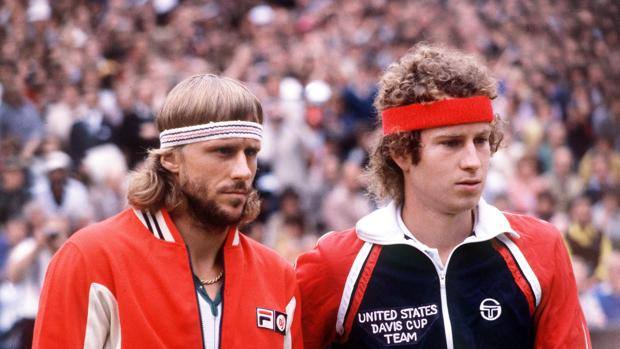
Even now their memory is very vivid. A fierce rivalry that led them to play mythical matches, which are in the epic of tennis. You find endearing to see them play with simple wooden rackets, compared to today’s monsters. They were a class act. A more human tennis.
Bjorn Borg
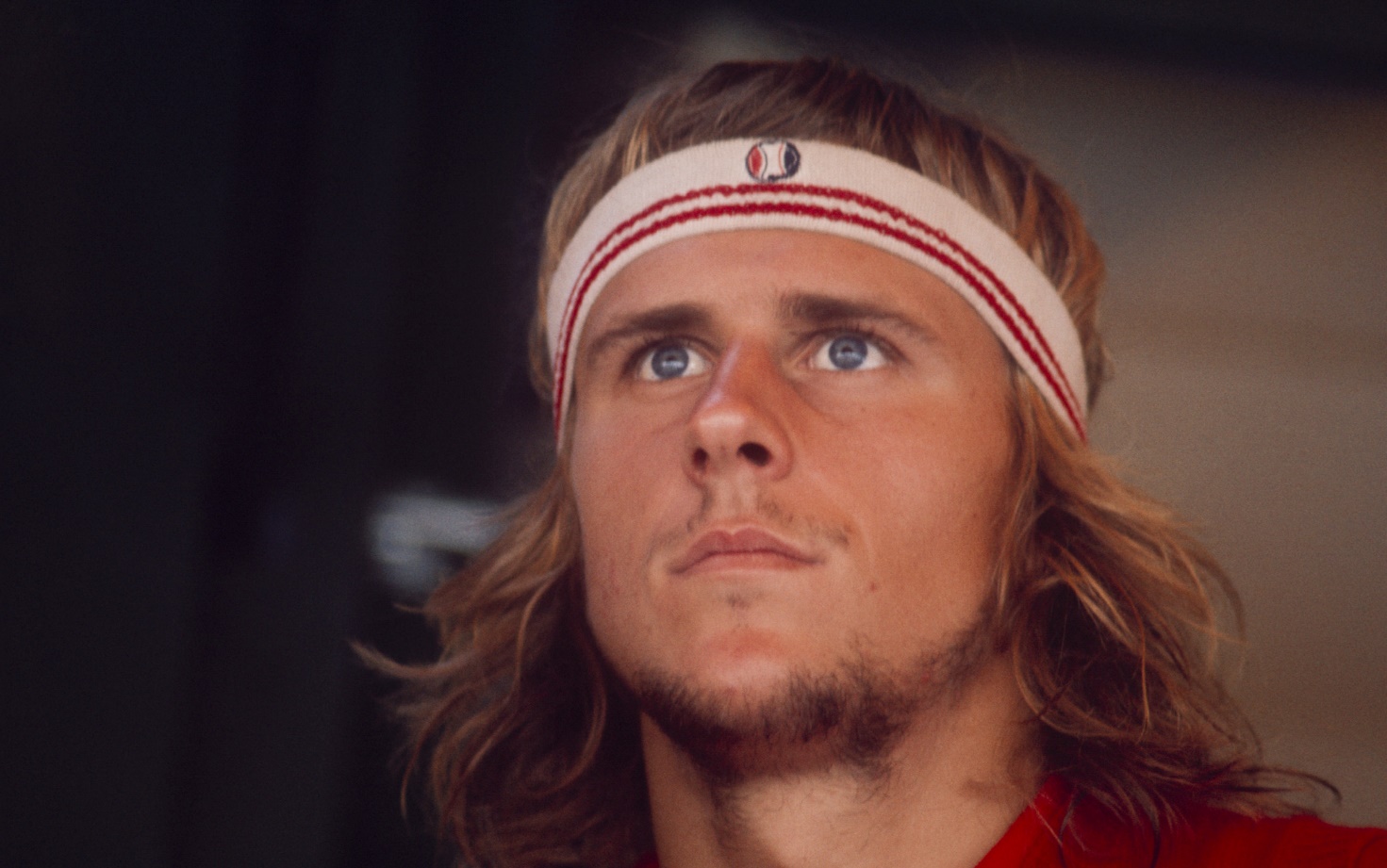
He has changed tennis. He was a machine. Methodical and infallible. His passing shots were sentences.
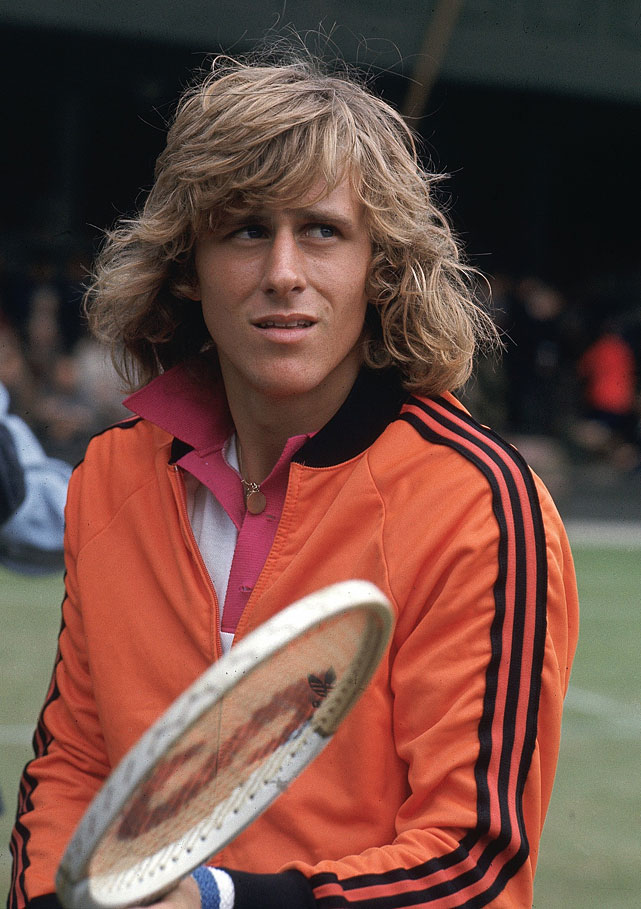
Björn Rune Borg was born in Stockholm, Sweden, June 6, 1956. He is 180 centimeters tall and weighs 72 kg.
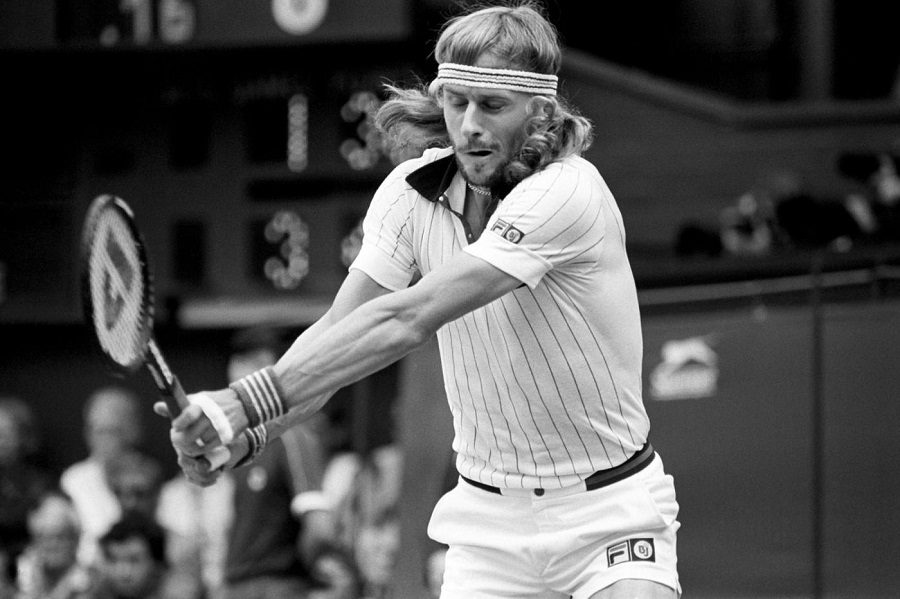
Bjorn Borg quotes:
“I was probably the only one who respected McEnroe.”
“My greatest point is my persistence. I never give up in a match. However down I am, I fight until the last ball. My list of matches shows that I have turned a great many so-called irretrievable defeats into victories.”
“If you're afraid of losing, then you daren't win.”
“You have to find it. No one else can find it for you.”
“The ball is round, the game is long.”
“If you're a good experienced player, you know what it takes to do. If you're in trouble, you know how to change. One hundred percent of my game is instinct. I never stop and think I'm going to hit a ball crosscourt or down the line. I just do it.”
“Tennis is a traditional game. A big sport like tennis does not need too many changes. The game has become too fast, there are hardly any long, interesting rallies these days. So maybe slowing down the courts could help. But you can't really stop a sport from evolving.”
“It's tough when you're n°1. You don't have any private life, you can't even walk anywhere. I think that was one reason why I lost my motivation to play tennis.”
“I have a great family, great kids. I have practically everything, you know? Sometimes I have to pinch myself. It's really true: Life starts at 50.”
“It has changed, quite a lot. It is very different now, there are quicker men, they are taller, stronger, have great stamina. The balls have also become faster. Tennis has now become a power sport. There is more depth in the game, as well, there are many more players than there used to be. The entire character of the game has changed.”
“I'm amazed that, years after I stopped playing tennis, people still recognize me in restaurants and ask for my autograph.”
“I just hated to lose.”
“Basically I started playing double handed on both my forehand and backhand side because my first racket was very heavy.”
“Roger Federer is stylish.”
Bjorn Borg: 'I love Wimbledon - but I had to stay away.' By Sophie Eastaugh, for CNN - July 8, 2016.
As famous for his model looks and trademark headband as his tennis, Borg became a pinup for legions of fans.
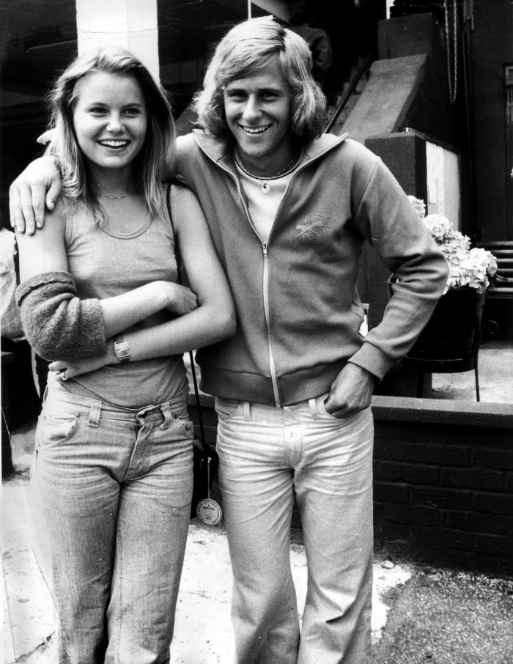
McEnroe told the Telegraph that, when he first joined the tour in 1978, he admired Borg and his horde of screaming girls outside the locker room. "I remember thinking, 'This guy looks so cool. I hope I can be a professional tennis player and experience something of what he is experiencing.'"
By 1981, McEnroe got his golden moment against his hero and rival in the Wimbledon final.
He defeated Borg 4-6 7-6 7-6 6-4, ending his unbeaten run. The Swede appeared relieved and, after McEnroe beat him once more at the U.S. Open final two months later, he never played another grand slam.
Borg said McEnroe called him repeatedly asking him to reconsider his retirement -- he missed their rivalry. Later, in 2011, the pair teamed up to launch an underwear collection for the Bjorn Borg clothing brand.
In 1991 the "Ice Man" made a comeback at the Monaco Open in Monte Carlo. When all the other players were using modern graphite rackets, the Swede turned up with an old wooden one and lost in straight sets to Spain's Jordi Arrese.
Speaking to CNN Open Court's Pat Cash in Stockholm, Borg appeared relaxed and happy. "During our time we didn't count (records) -- you know we could make so many, me, McEnroe, Connors. I was just thinking about playing tennis."
Borg is a big fan of Roger Federer, tipping him as one of the favourites to win Wimbledon 2016. "What Federer did for tennis, it's unbelievable. Up to this point, he's the greatest player that ever played the game."
John McEnroe was known for his powerful volleys and fiery on-court tantrums, while rival Bjorn Borg was his polar opposite -- with ice-cool demeanor and baseline domination.
They played each other 14 times between 1978 and 1981, each winning seven times.
Known as one of the world's best clay-courters, Borg said he played "terribly" when he first practiced on grass for Wimbledon.
But he soon conquered his difficulties -- in 1976 he began his five-year victory spree at the All England Club, winning the final against Romanian Ile Nastase.
Borg became a legend at Wimbledon, defeating Americans Jimmy Connors (1977-78) and Roscoe Tanner ('79) in successive finals.
In the 1980 Wimbledon final, McEnroe faced Borg in what is often described as one of the greatest tennis matches of all time.
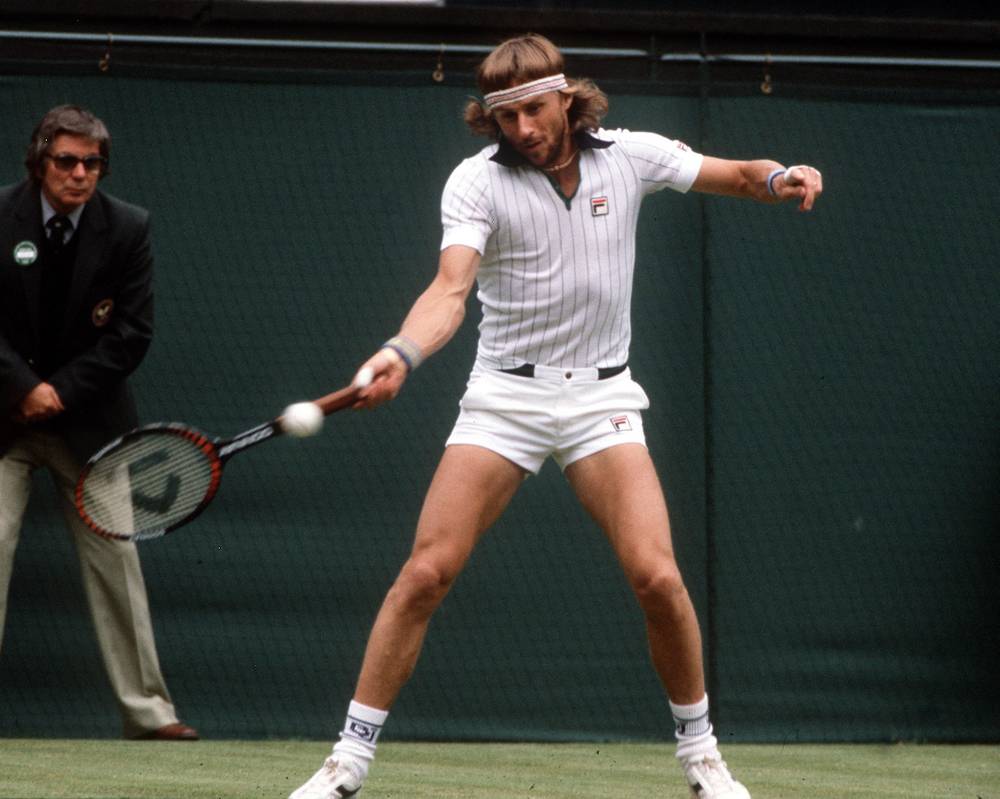
After an agonizing 22-minute fourth-set tiebreak, Borg finally won the match 1-6 7-5 6-3 6-7 8-6.
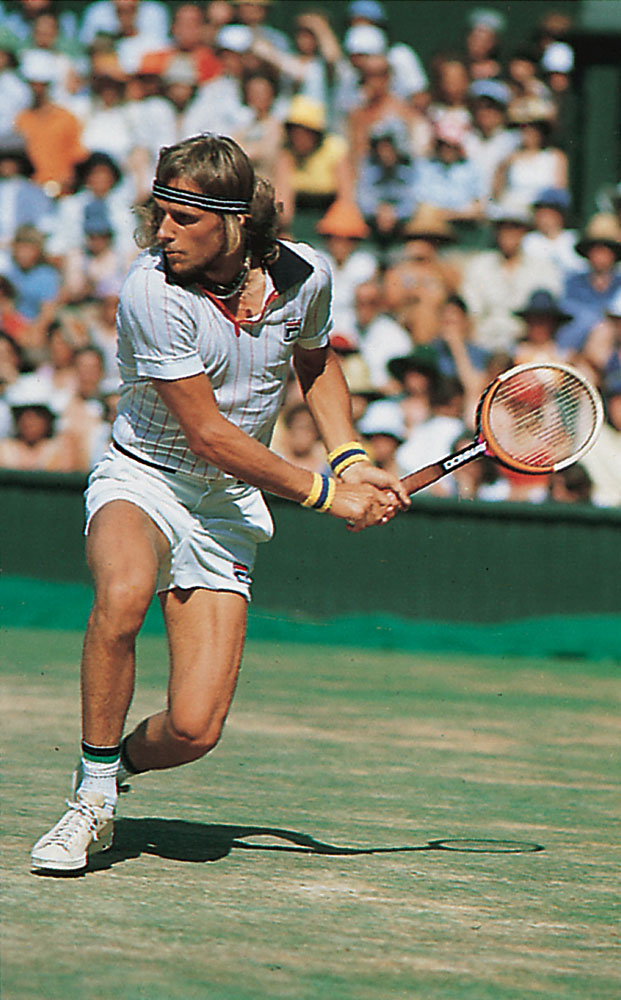
The Swede became the first man to scoop his fifth Wimbledon trophy. "I came out as the winner, but for so many years (McEnroe) got a lot of respect from the world, media, from everyone about how he behaved and played in that particular match," Borg told Pat Cash.
(CNN) They were nicknamed "fire and ice" -- John McEnroe's American aggression and Bjorn Borg's cool Swedish poise created one of the most famous rivalries in sport.
Four decades later, their legendary 1980 Wimbledon final will soon be immortalized in its own Hollywood movie, with Shia LaBeouf playing the fiery McEnroe.
Borg -- who will be portrayed by newcomer Sverrir Gudnason -- sparked such a new level of excitement on and off the courts that he was dubbed "the rock star of tennis." Women wanted to be with him; men wanted to be him.
But in 1981, it all started to go wrong.
McEnroe ended Borg's unbeaten five-year run on London's hallowed grass courts in another classic final. When he defeated him again in the U.S. Open final two months later, the former world n°1 skipped the press conference and fled Flushing Meadows.
Borg would make only a handful of appearances before announcing his retirement in early 1983. He was just 26.
'Holy ground'
His burnout and anguish ran so deep that he was unable to return to the All England Club for 19 years. Known for his stony on-court demeanor, many wrongly assumed that the game meant nothing to him.
But, as the tennis icon told CNN Open Court's Pat Cash in a rare interview, the truth was quite the opposite.
"It was like a holy ground for me," Borg says. "I mean, I could not come back. It was not like I disliked Wimbledon -- it was my favourite tournament. They asked me for many years... I said no, because I wasn't ready to go back."
Bjorn Borg: Wimbledon is mystical, I love it.
When Borg did finally return to Wimbledon for the Champions Parade in 2000, a rapt crowd watched as he fell to his knees and kissed the pristinely-kept grass.
"I took that first step. That's why I kissed the grass, because I loved those courts."
Bjorn Borg: "tennis is one of the cleanest sports.''
The way Borg speaks about it, it's almost like an injured war veteran returning to battlefield. There's great fondness, but a wise respect for what's good for you.
"It came to a point when I didn't care if I was winning or losing -- and if you get to that situation then something is seriously wrong," he told Open Court in 2011 about his retirement.
Tennis is a sport where champions often retire young -- Justine Henin and Kim Clijsters being just two recent examples -- but none were as dominant as Borg.
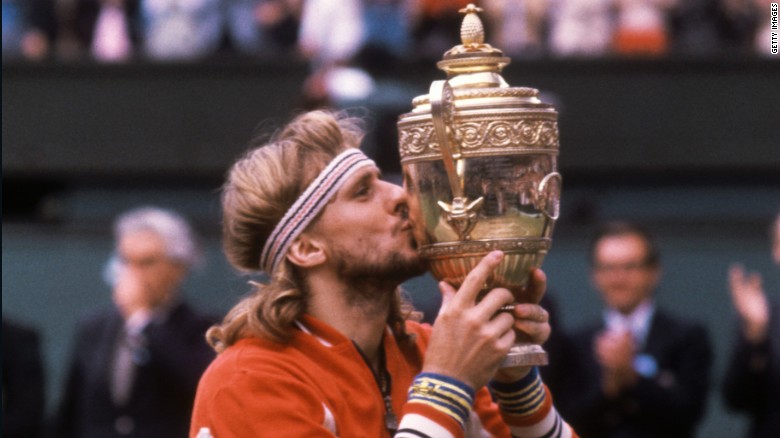
Borg with the Wimbledon trophy in 1980.
The best match of all time?
Though those days are long behind him, there are certain moments the tennis legend will never forget.
"People come up and say, do you remember the final in 1980? Of course I remember the final. When I speak to John, sometimes we get together... the thing is, we both remember every single point. We talk about the final -- we know exactly. It meant a lot to both of us."
Their rivalry captured the public's imagination, but in reality their relationship is rooted far deeper in friendship than in hate.
"We respect each other. I respect John, he respects me. It's not too many guys who respect on the tennis court, but I know he respects me because in the beginning when we started to play our first three or four matches, he felt like I was not the bad guy.”
"It was more like I wanted to help him in certain ways, because in certain ways he misbehaved or didn't know what to do. That wasn't really his fault -- he was coming into tennis and he was this guy..."
McEnroe was just 19 when he joined the tour, while Borg was a slightly older and wiser 22, surrounded by adoring girls.
"I thought he was learning a lot of positive things and he felt that I wanted to help him with those things," Borg says. "So I think that's why he respected me, not as a player but even as a person."
They are touching words for a man who stole his Wimbledon crown and inadvertently sparked the end of his career. But, after an extraordinary journey soaring into the limelight and out again, Borg seems finally at peace. And it's allowed him to love tennis again.
"We built something in tennis in a positive way. That I was part of that, I am very happy about that. We lifted tennis on a different level," Borg says of the duo's legacy.
"Today it's hitting the ball so much harder, it's a different game. I follow tennis 110% -- I have been watching every single match. Federer, Djokovic, Nadal, Murray... I love the way they play."
Borg at 60
The "Ice Man" today couldn't seem happier. Laid-back and smiling in a sunlit Stockholm hotel, he could be an advert for the healthy Scandinavian lifestyle.
He's just turned 60, but still has the tanned skin, full hair and lean physique of the steely young man who once drove legions of fangirls (and boys) wild.
Borg enjoys a quiet lifestyle on the outskirts of Stockholm with his third wife Patricia Ostfeldt, visiting the office of his clothing brand three times a week and even doing the school run with his 13-year-old son Leo.
He appears so content, there's little question of regrets over his bold exit from tennis all those years ago. However, there are two small niggles.
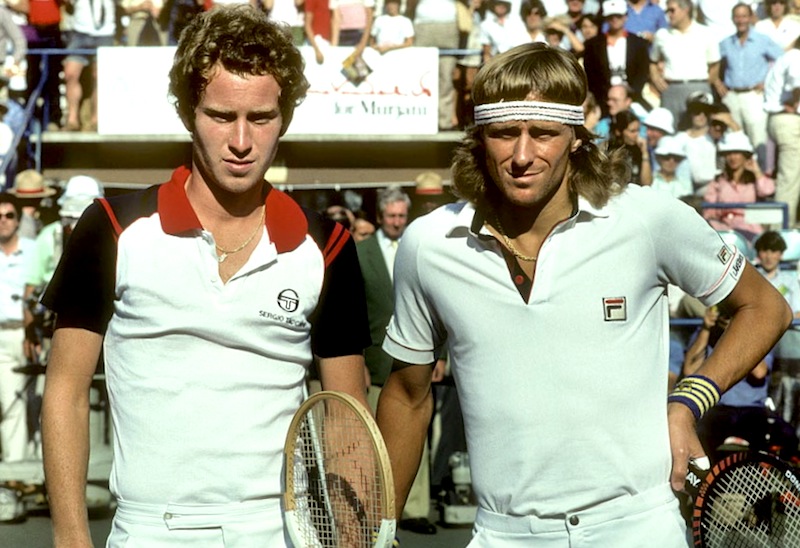
"I wish I'd won the U.S. Open. I was in the final four times and maybe two of those finals I should have won," he says, referring to his fighting performances against Jimmy Connors in 1976 and McEnroe in 1980. "But I would never change any Wimbledon for a U.S. Open."
His other remorse is not winning the Australian Open, in part due to its former December scheduling. "I was not really ready to play well on the grass court."
'Mystic' Wimbledon
Ahead of his Wimbledon breakthrough in 1976, Borg says his initial practice on the grass that year was "terrible, I didn't hit one ball into the court."
Having trained heavily for two weeks, by the third round Borg was playing "my best tennis" -- he went on to beat American Connors to the title in straight sets. It was his first of three consecutive years of French Open and Wimbledon victories, a feat achieved by no other player in history. How did he do it?
"I think it was very, very difficult," he says with a smile.
"Wimbledon always meant something special to me. I mean it's always been a tournament that most players -- maybe every player in the world -- has a dream about.”
"When you walk into those gates, it's mystic. I always have good memories, positive vibes about Wimbledon. I love that tournament."
While McEnroe has maintained his status at SW19 as a commentator and now coach of rising star Milos Raonic -- who plays Roger Federer on Centre Court in Friday's opening men's semifinal -- Borg is happy to take his place in the stands. "I'm looking forward to coming to watch the tennis. I think it's going to be a great tournament."
Björn Borg owned a Ferrari 308 GTS QV in the 80s.
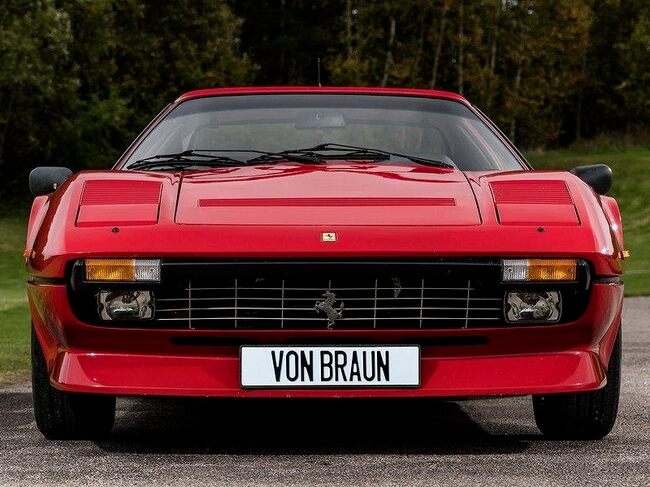
Foto: VON BRAUN SPORTSCAR.
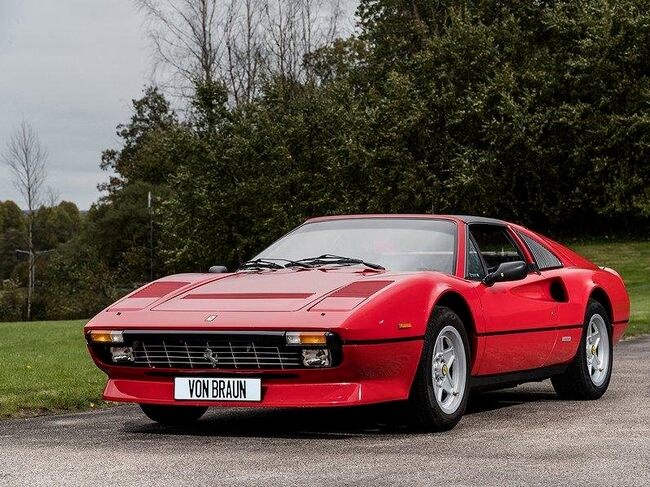
Foto: VON BRAUN SPORTSCAR.

Björn Borg's old Ferrari was for sale at the price of SEK 1.5 million.
During the mid-1980s, the Ferrari 308 GTS QV was one of the most sought after luxury cars.
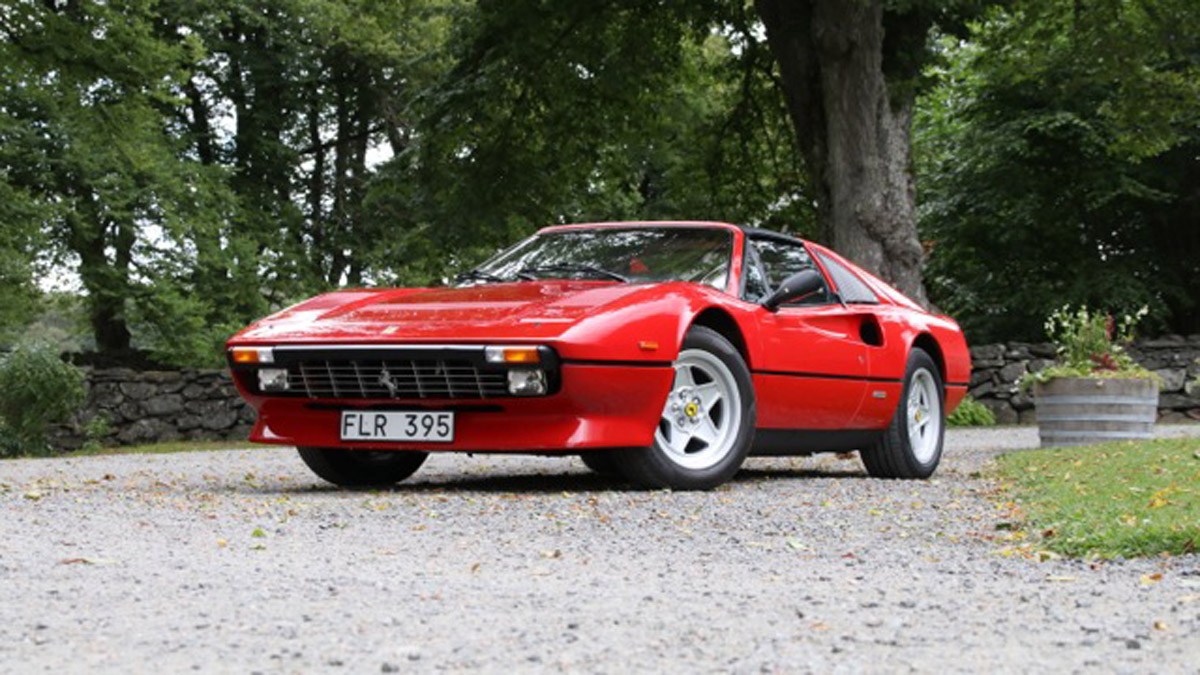
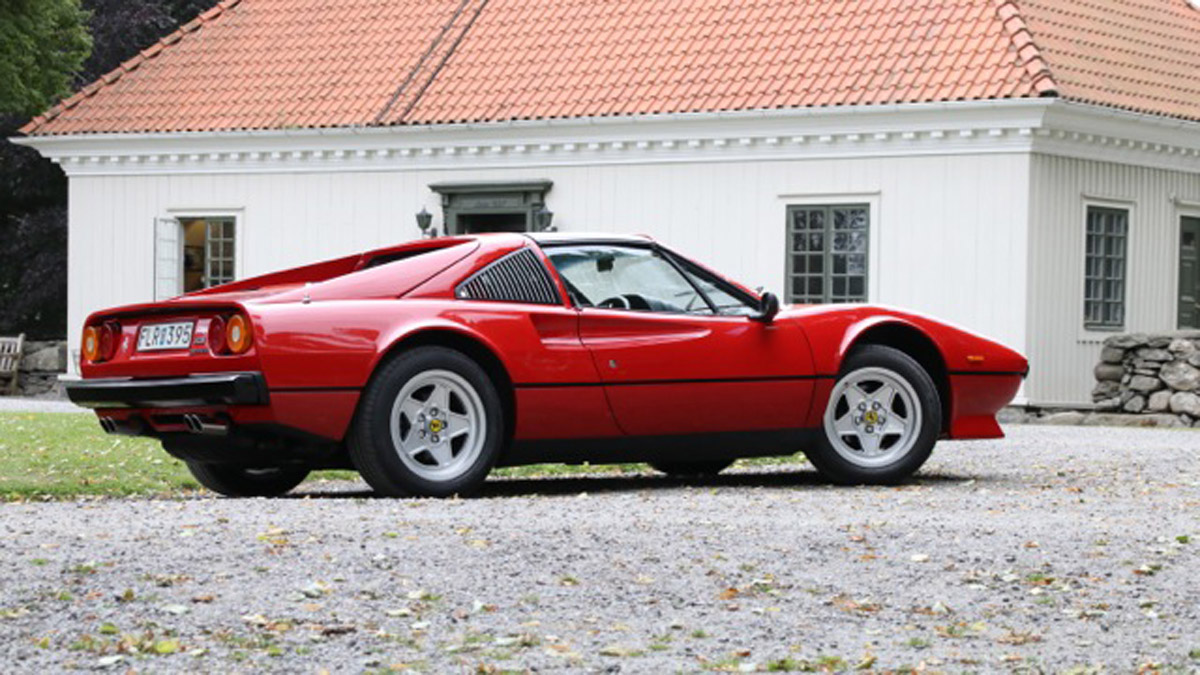
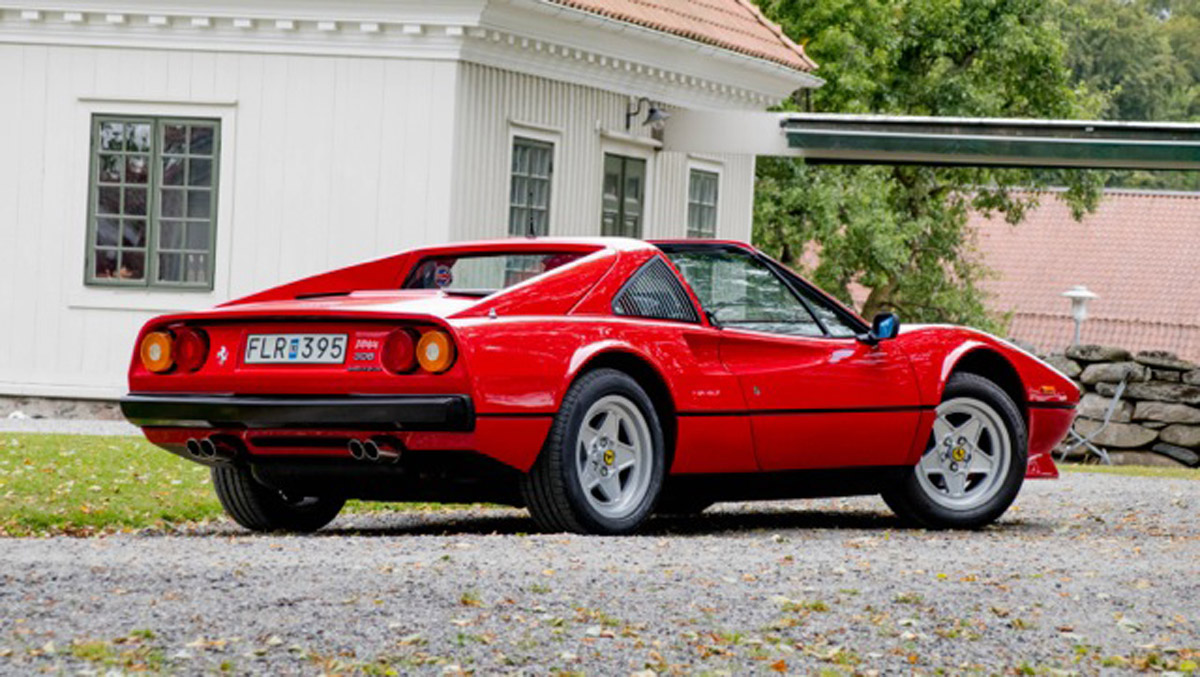
Before Borg handed over the keys to a buyer in 1990, he had to drive just over 2,000 miles with his Ferrari. Since then, it has had several other owners, who took good care of the car and together only drove 1,200 miles.
The car was bought by the Swede at European Motor in Vällingby in 1985. The 29-year-old Borg had finished his tennis career, had divorced his Mariana and moved home from Monaco.
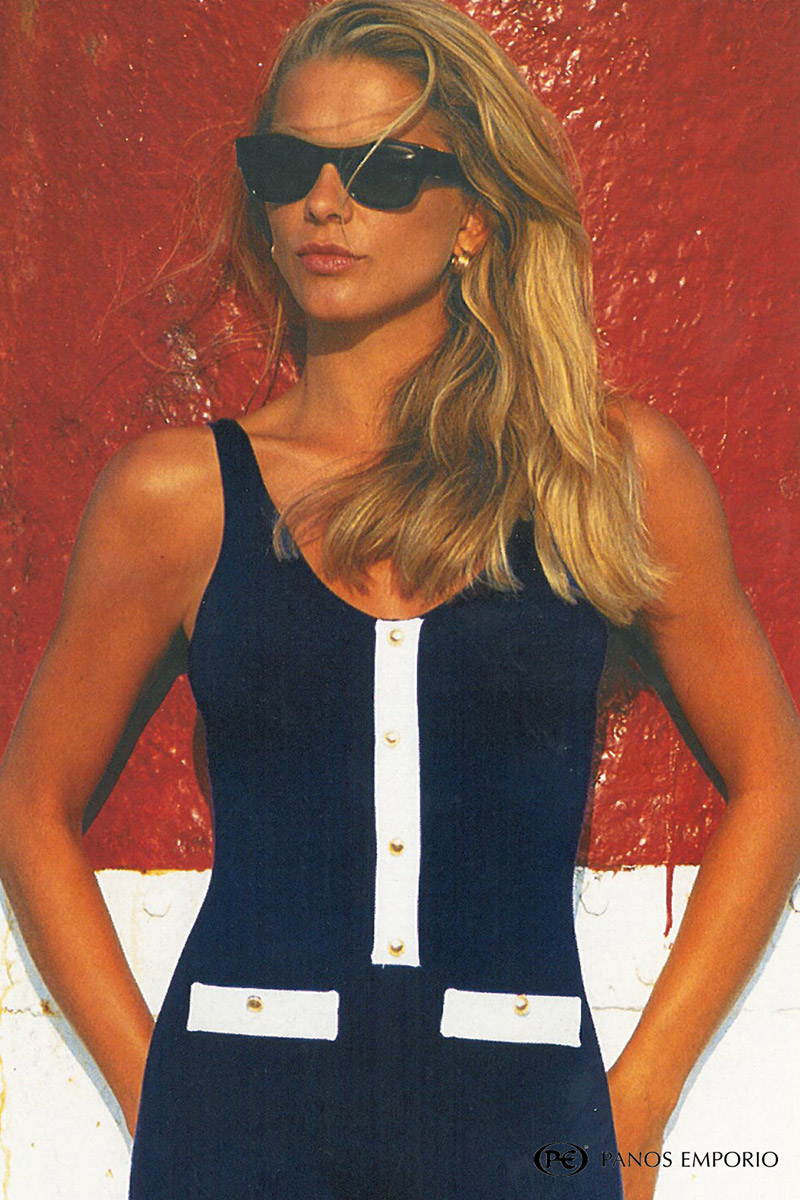
In Stockholm a jet set life was waiting, together with the newfound love Jannike Björling, 18.
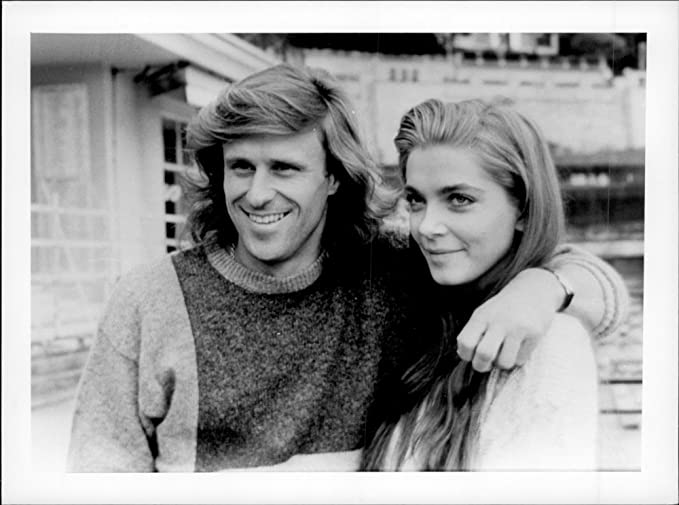
On the streets of the capital, the two would roll like stars, ending up with the exclusive car on the front pages of both the evening newspapers and the gossip press.
John McEnroe
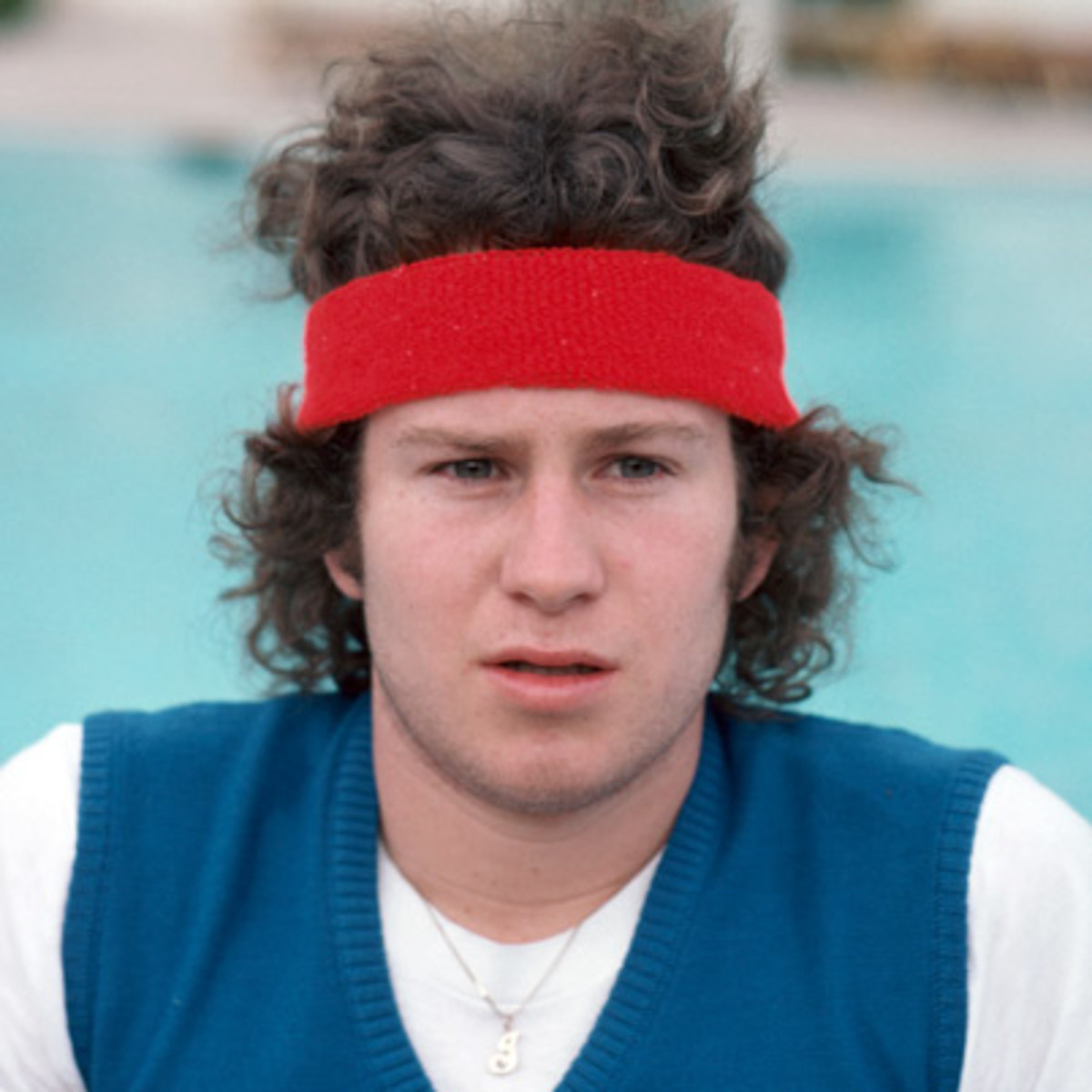
John McEnroe, insanity and genius. He managed to destabilize Borg, until then a perfect machine.

John Patrick McEnroe Jr. was born in Wiesbaden, Germany, February 16, 1959. He is 180 centimeters tall and weighs 75 kg.
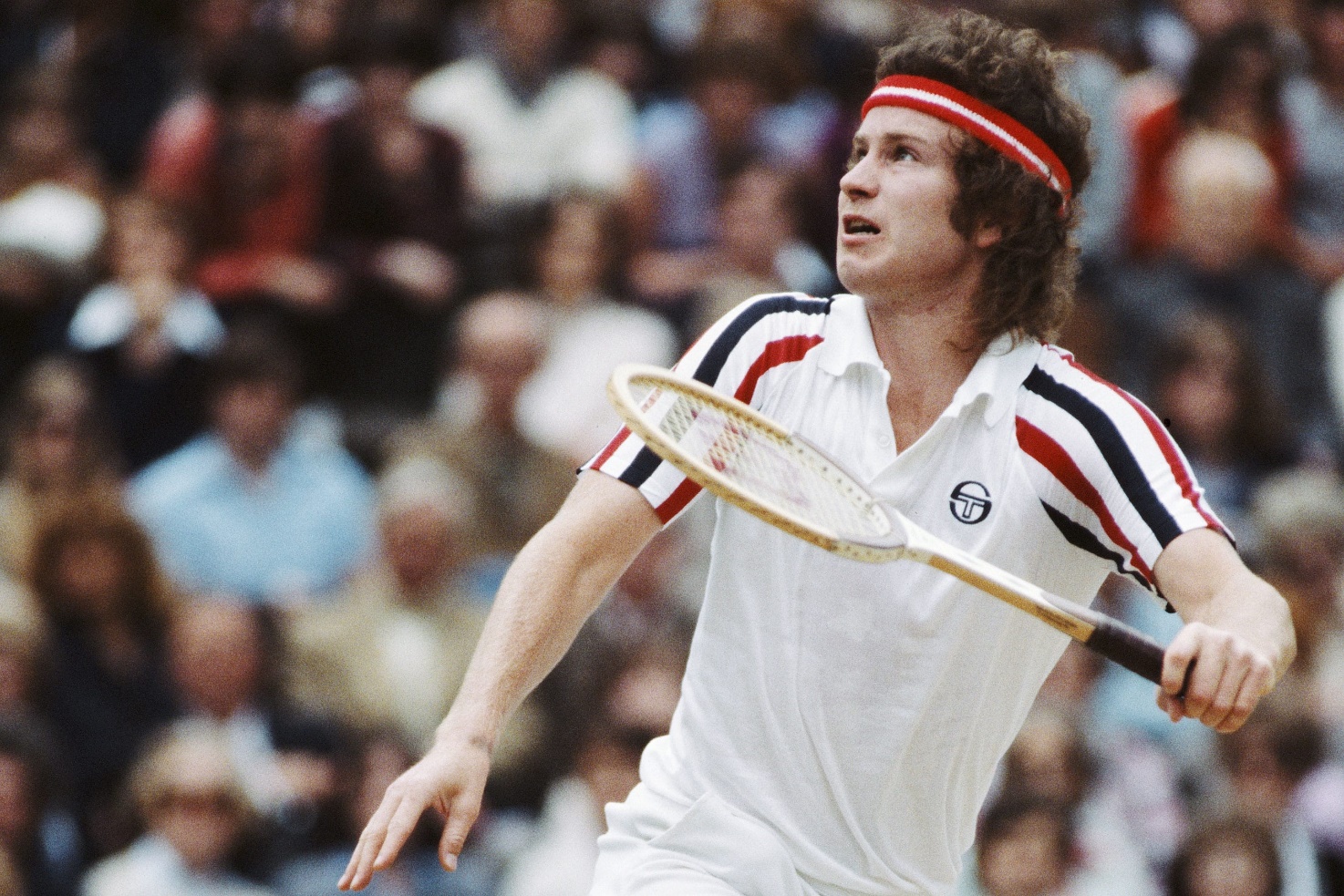
John McEnroe quotes:
"I know I have a problem. When I enter the court, I become a maniac."
“My greatest strength is that I have no weaknesses.”
“You cannot be serious!”
“We all choke. Winners know how to handle choking better than losers.”
“I want to be remembered as a great player, but I guess it will be as a player who got angry on a tennis court.”
“I'll let the racket do the talking.”
“That's one of the best sets I've seen him play, although I should preface that by saying I haven't seen him play before.”
“Everybody loves success, but they hate successful people.”
“If Serena Williams played the men's circuit she'd be like 700 in the world.”
“This [defeat] has taught me a lesson, but I'm not sure what it is.”
“I know being a linesman is a thankless job, especially with guys like me around.”
“Borg's won Wimbledon four straight times and out there he has just lost an 18-16 tie breaker. You'd think maybe once he'd let up and say forget it. But oh, no way.”
“If Roger stopped right now and never won another match, to me he'd already be one of the greatest players to ever play the game. To me, he's the greatest all around talent that I've ever seen.”
“I'd like to think I could have and should have won more, but that's not the point. And I was at the point where I was playing great tennis in the mid 80s - the type of tennis people hadn't seen before - and I was very proud of that.”
“I won't admit to having a poster of Borg on my bedroom door. But I certainly found him to be someone who got me way more into tennis.”
McEnroe remembers Björn Borg: 'off-court our personalities were more similar than people realised.' The three-time Wimbledon champion looks back on almost thirty years of friendship and rivalry with Sweden's Björn Borg, beginning at the 1978 Stockholm Open. By John McEnroe, 28 Nov 2015. Interview by Nick McGrath.
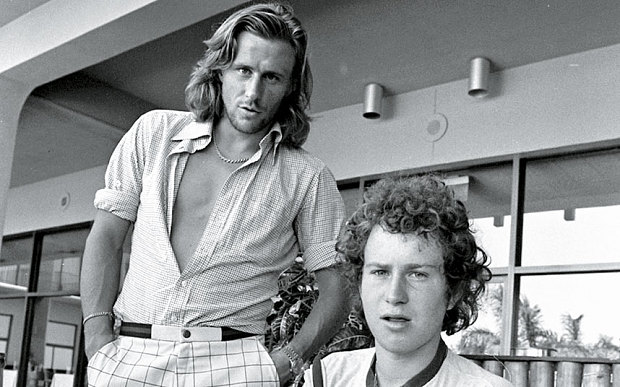
Photo: courtesy of John McEnroe.
Until recently I hadn’t seen this photo for 30 years, but suddenly it keeps getting sent to me to sign. It was taken during my first year on the pro circuit, and that tournament was the first time I played Björn.
When you have a hero who you have the opportunity to compete against, and ultimately become friends and rivals with, it’s very weird to meet them, but he was disarming. It meant a lot to me that he showed me respect in the locker room when he didn’t have to. He offered me friendship and support, and as a 19-year-old that was extremely important. Having him do that was huge for me.
People think we had our differences, but we didn’t really, and off-court our personalities were more similar than people realised. We had similar senses of humour, we looked at things in the same way and we were bemused by a lot that was going on. So even though our personalities on-court were completely different, I didn’t feel that off the court at all, which made it easier for us to be friends. And then on-court differences actually helped us as rivals in the way we were perceived.
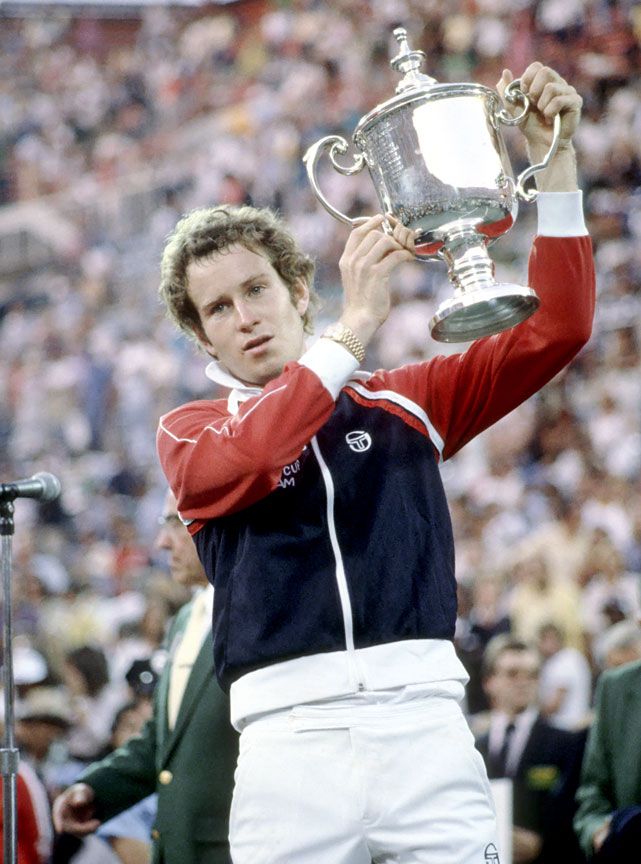
When I beat Borg in the 1981 Wimbledon final, after he’d won the previous five in a row, it seemed like there was a bit of a relief for him as his enormous success had created this intense pressure. When I played him at the US Open a couple of months later it was almost as if he’d emotionally lost his edge, like he didn’t want to be there, which I didn’t understand at the time.
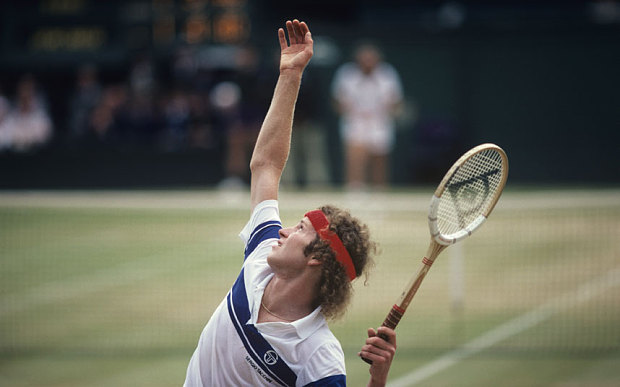
McEnroe serving against Borg in the 1981 Wimbledon final. Photo: Getty
Then it all happened so fast. He went from being my biggest rival and the sport exploding, to saying he wasn’t going to play anymore, aged 26. I was disappointed as I felt we were making each other better and tennis more exciting, and I wish our rivalry had lasted longer.
We played again in the seniors’ tour a few times, which helped the competitive juices flow, but the pressure level was nothing compared to Wimbledon.
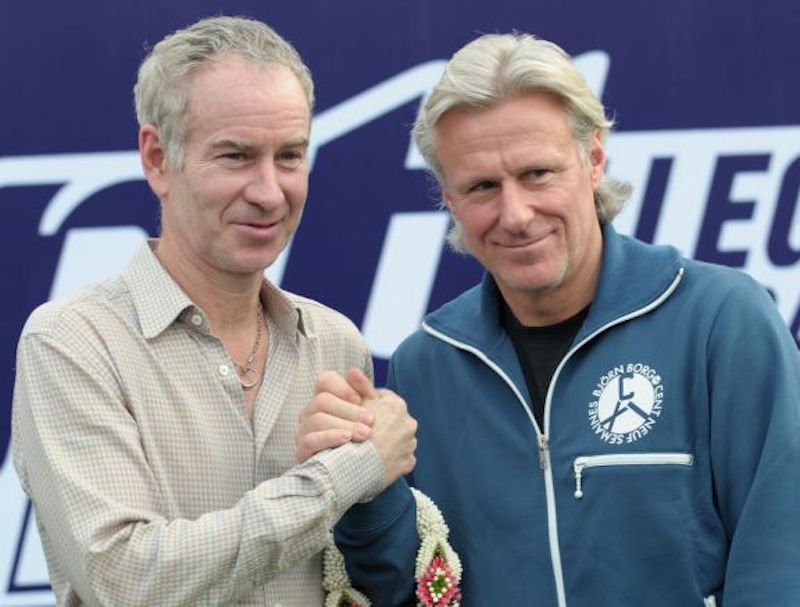
We don’t see each other as much as I’d like today as we have kids and live on different sides of the Atlantic, but there is a mutual respect and love, and I spent a couple of days with him in Paris this year for his birthday. We haven’t played for a few years, and who knows if we’ll ever play again, but it feels like we could almost do it blindfolded because we know each other’s games so well. I play one way, he plays another.
1983 Ferrari 400i once owned by John McEnroe to be offered on online auction sale.
Los Angeles, Oct. 10, 2015. Beverly Hills Car Club has launched the eBay sale of an original 1983 Ferrari 400i once owned by John McEnroe.
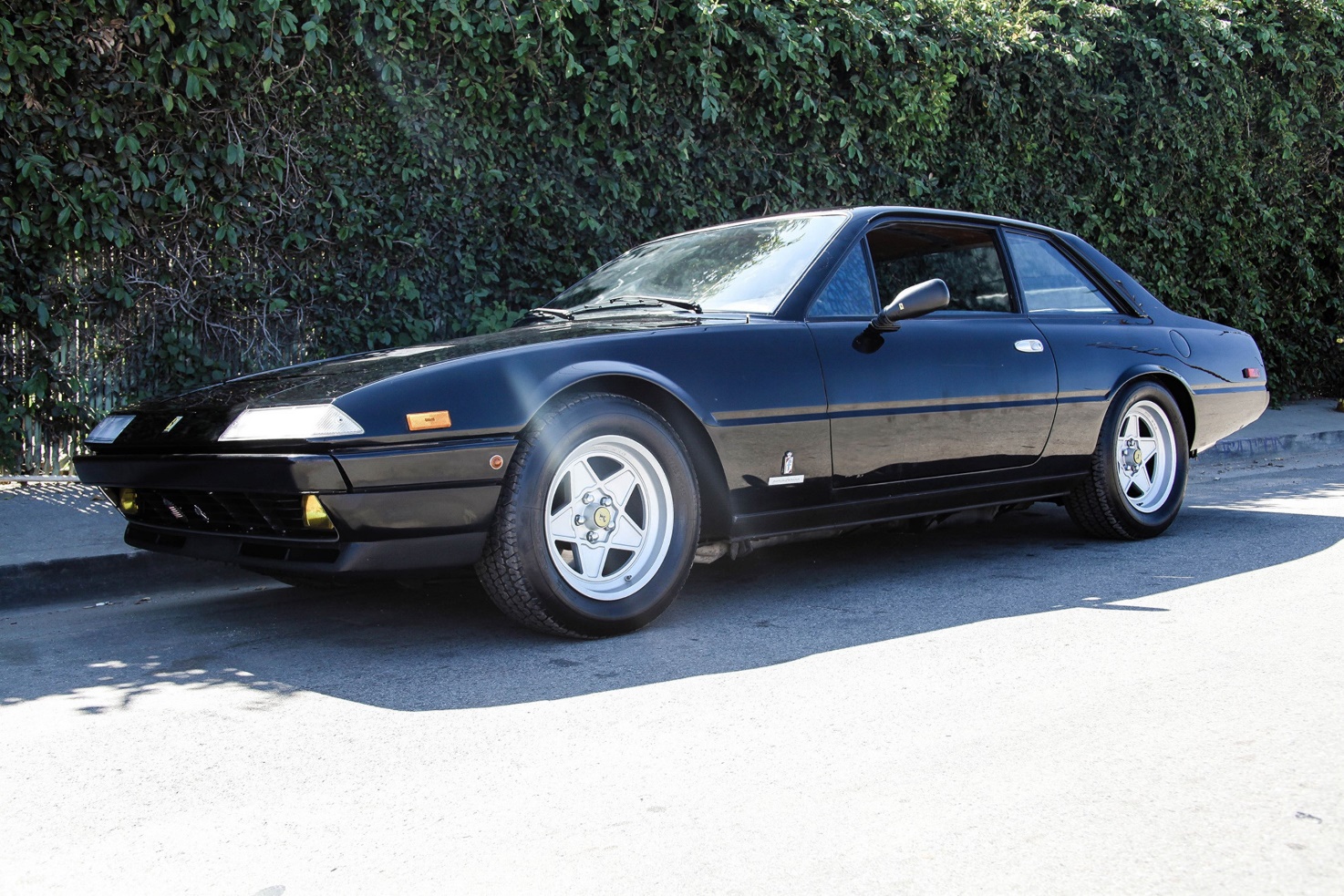
In the last few years, Ferrari cars have garnered heightened attention from collectors and investors as sale prices for desirable examples have been recorded in excess of $1 million to over $30 million.
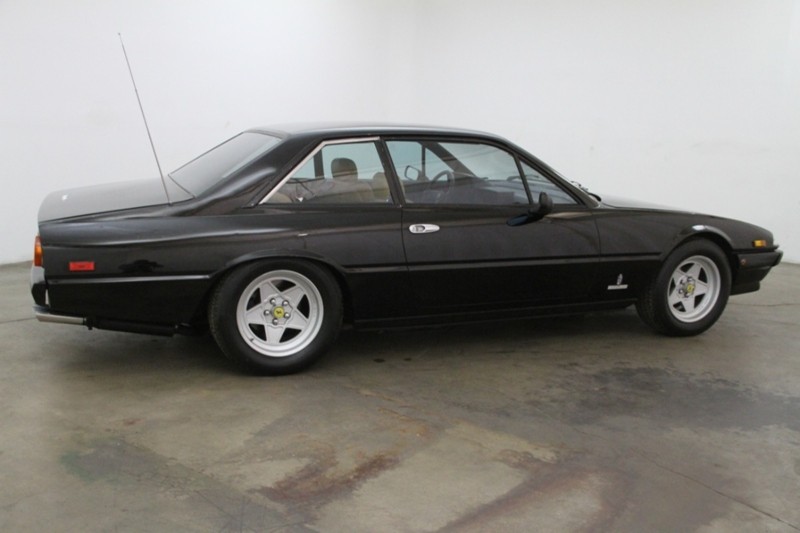
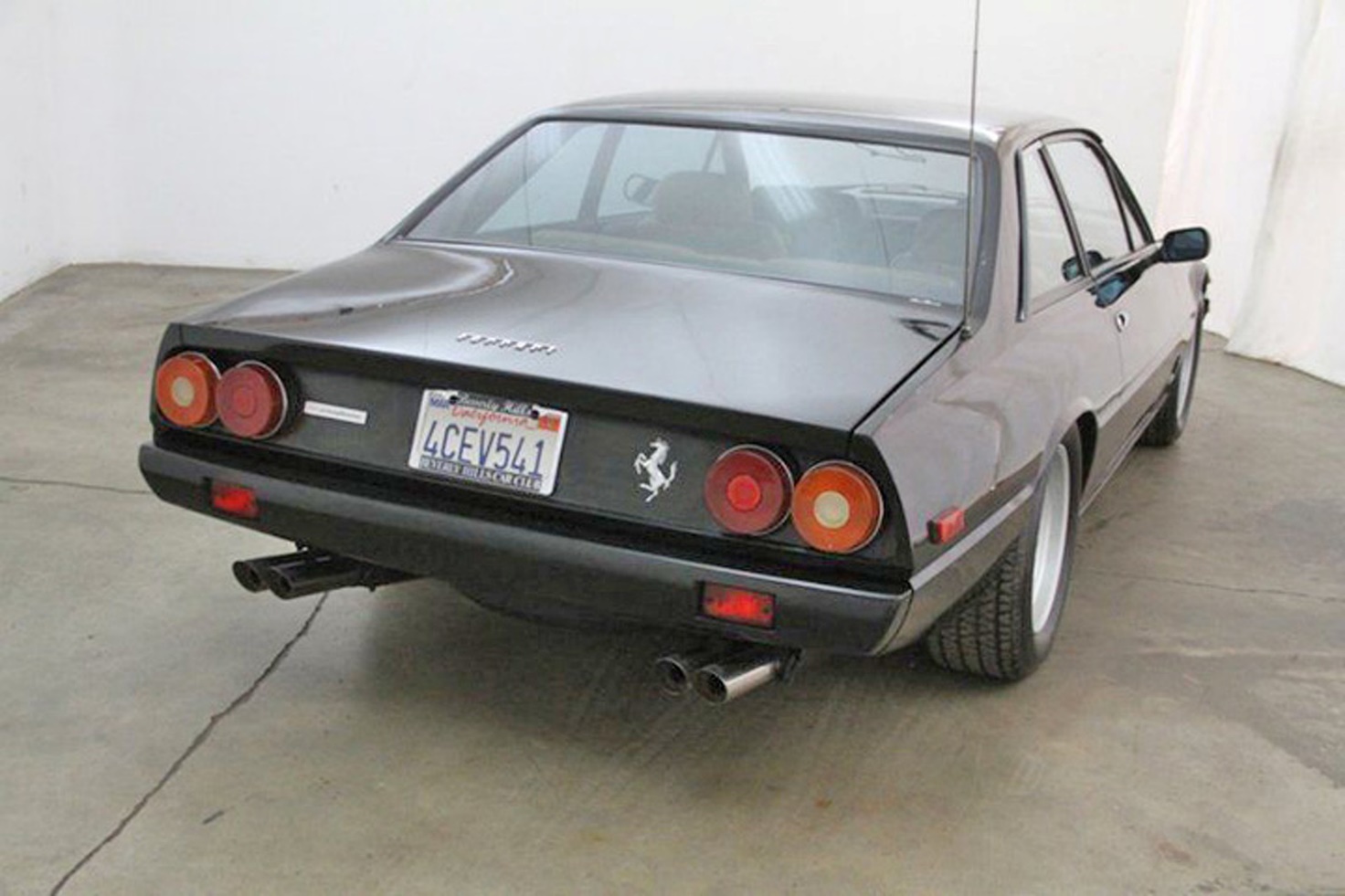
McEnroe was at the top of his game in 1983, earning his fourth Wimbledon title by defeating Ivan Lendl in the semifinals and then beating New Zealand's Chris Lewis. Aside from being awarded tennis' most prestigious Cup, it is likely McEnroe rewarded himself with this classic '83 Ferrari.
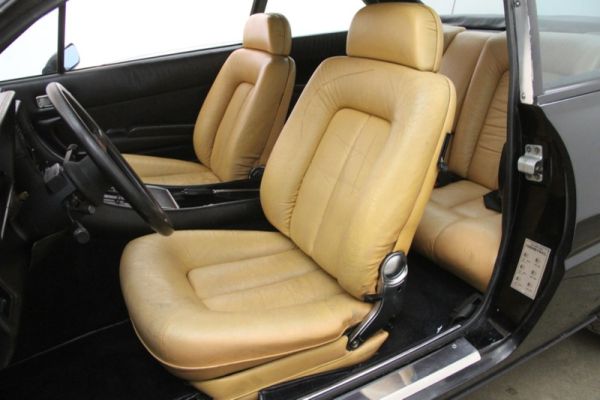
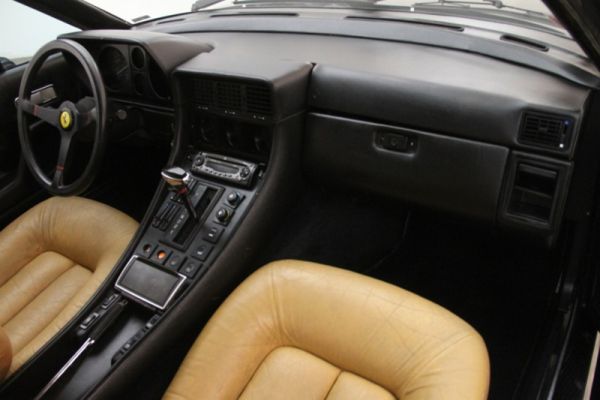
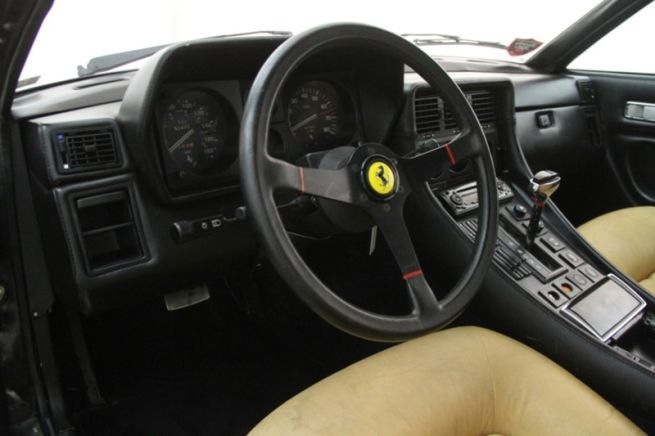
The car has an ideal colour combination for almost any car, let alone a classic Ferrari. It's black with tan leather interior, has automatic transmission and 50,477 original miles.
Wimbledon: 40 years ago the epic final between Borg and McEnroe. By Angelo Mancuso, 04 April 2020.
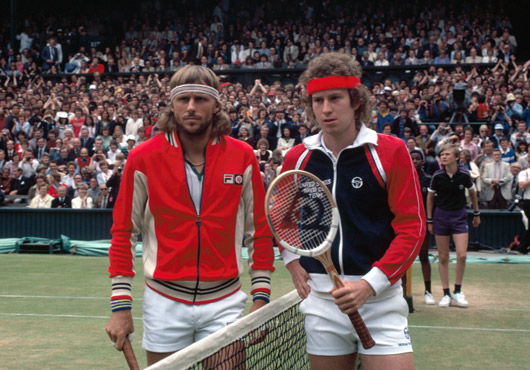
Borg and McEnroe, 1980 Wimbledon final.
It was the first major media rivalry of tennis: Borg and McEnroe have marked the history of the sport. On the court they were exactly the opposite, almost obsessed with each other, at the antipodes in character and personality. Off the court much more similar than you think. Bjorn was impenetrable, but off the court he was an extrovert.
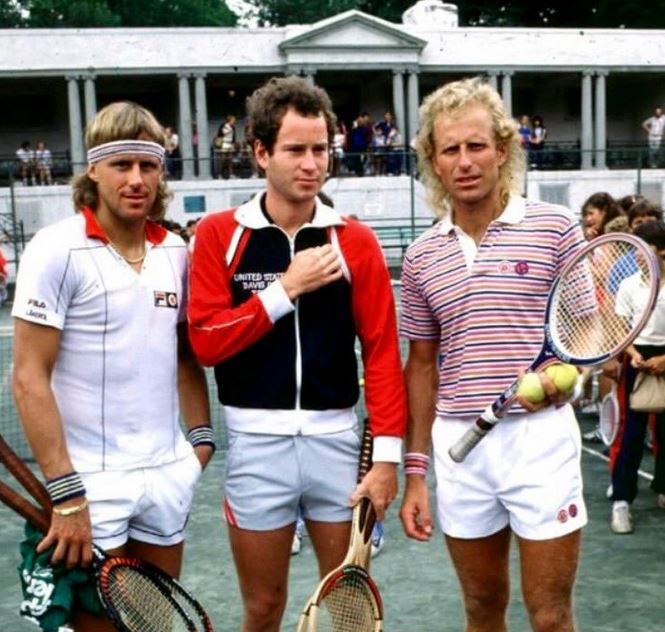
His best friend was Gerulaitis and Vitas was certainly not a quiet guy, he lived at night.
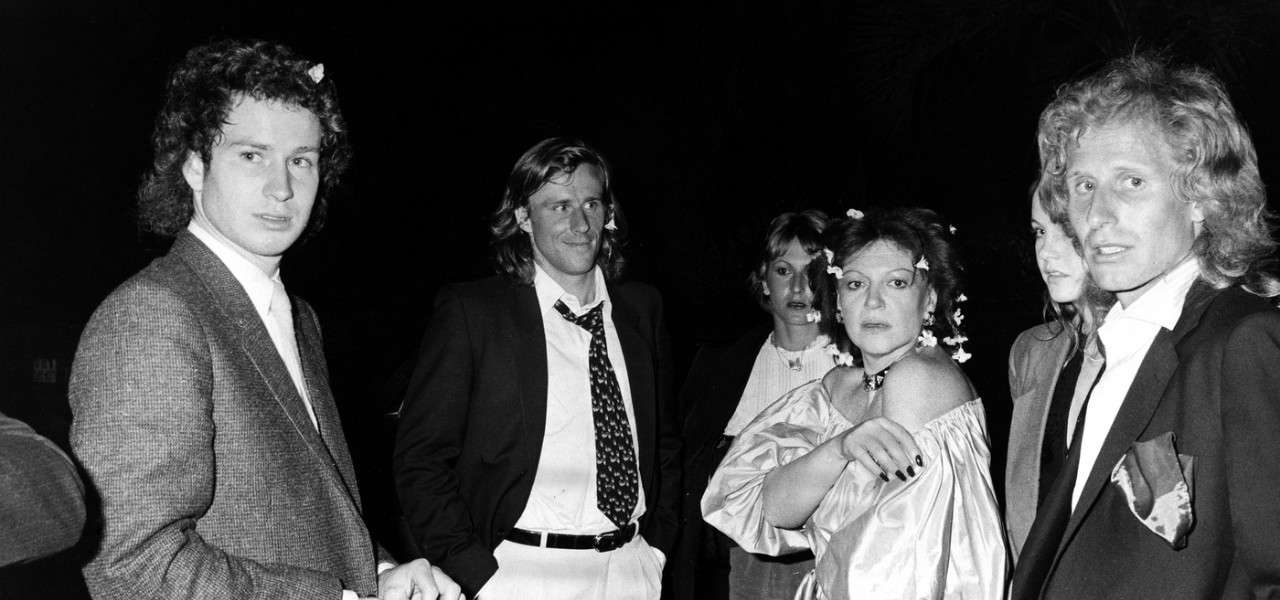
John, instead, as you saw him on the court so he was off. Insufferable to any formalism, unsympathetic. An epic and timeless rivalry. Borg is icy, nicknamed “the Swedish Bear” for almost all the emotions on the court. McEnroe is a rebel and over the top, famous for the scuffle and anger with referees and spectators, so much to deserve the nickname "Super Brat". A perfect contrast of styles: the right-handed against the left-handed, the defender against the attacker, the Swedish ice against the American fire, the solidity against the brilliant madness.
Five July 1980, 40 years ago: one of the matches that made tennis history takes place in Wimbledon. On the court was Borg, four times champion, Swedish and long-haired. Across the net is McEnroe, the New York boy with frizzy hair and a fiery and irreverent soul. It is the final between the two that fans remember and celebrate most. Why? Simple, the angel triumphed over the devil. That challenge on Wimbledon's grass remains in everyone's mind as a moving reminder of a golden age, when tennis reached a peak in popularity and cultural influence never before.
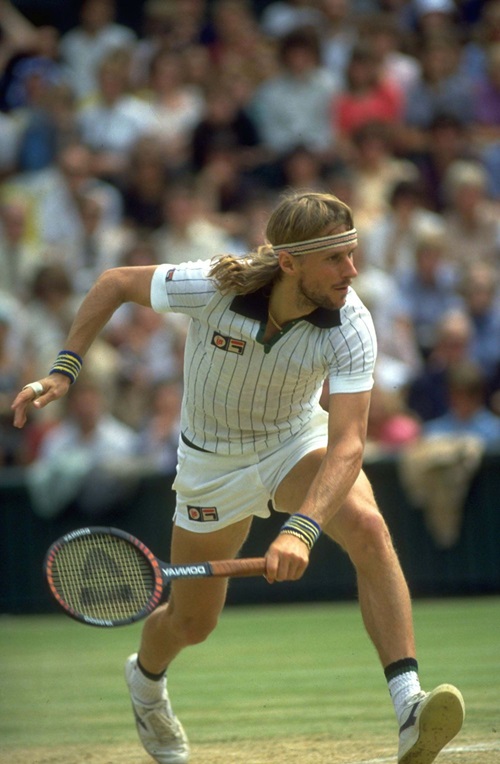
Bjorn Borg
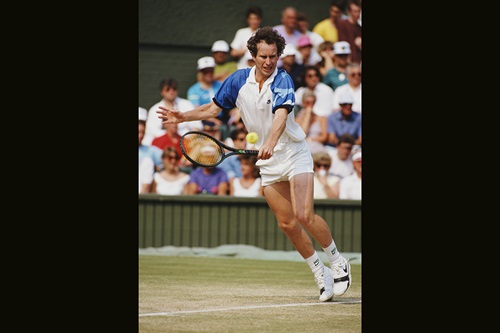
That final in the tennis temple was an epic poem. The tie break in the fourth set has been called the tie break of the century.
McEnroe however always stresses that everyone remembers more that tie break ended 18-16 for him, rather than the victory of the following year. "I won it, he often said, I will have seen it on TV a hundred times, but then I lost that match in the fifth."
The challenge between the Swedish of few words and the American "wild star" has changed tennis forever. The match. By Paolo Rossi.
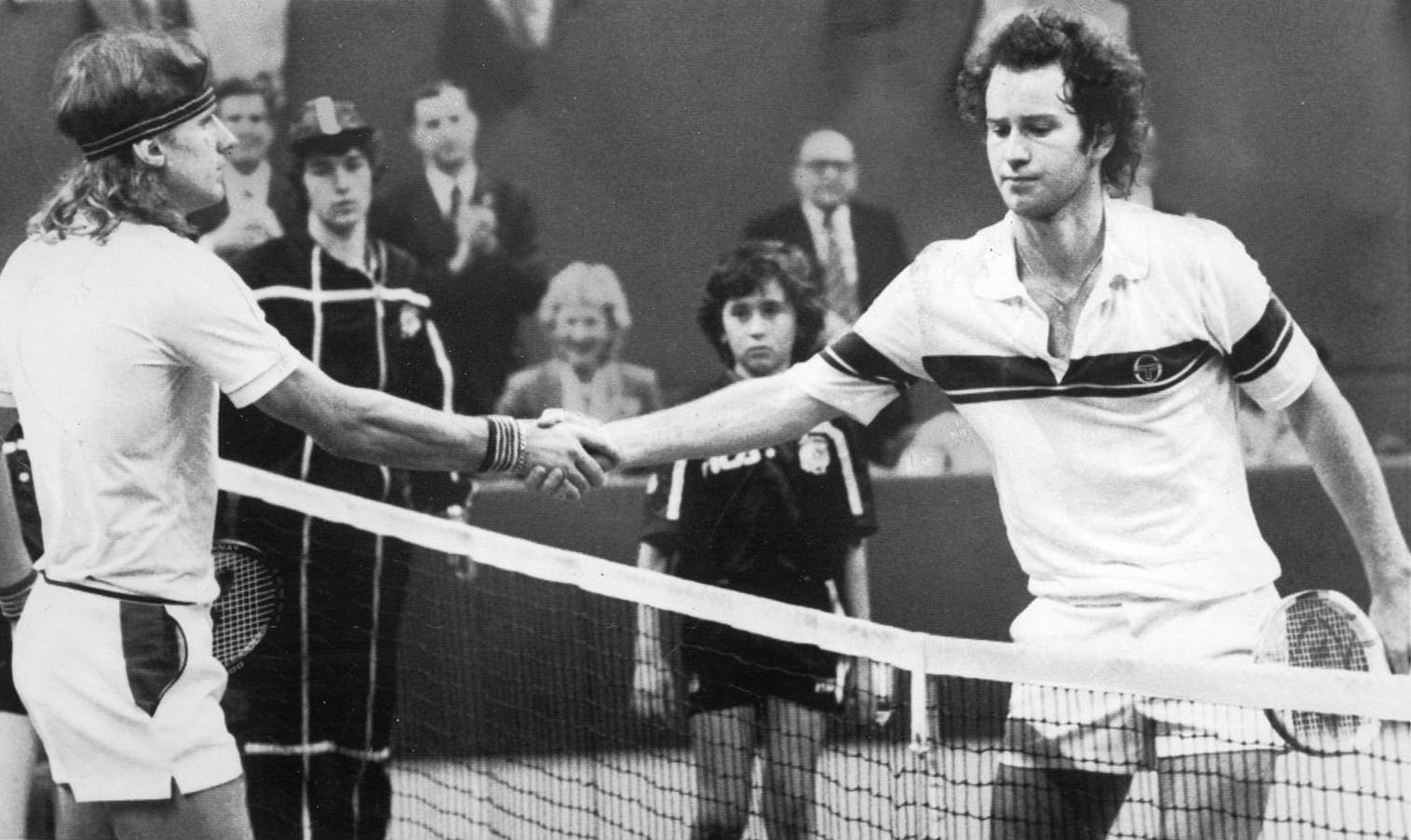
We remember them and we still celebrate them today, simply because they were ones of a kind. McEnroe more than Borg maybe, but that's not the point. Both raised the bar, the level of the game. The Swede, say, has probably changed tennis much more than the American. His way of playing was then imitated, if you want improved, by those who came after him. But Nadal wouldn't have played like that, hadn't a Borg been born previously. Certain movements, certain technical gestures did not exist, were not imagined before his appearance on the scene.
McEnroe, then. Let's not even talk about it: his shots didn't conform to school rules. He introduced a revolutionary service mode, back to the net: and perfected a lethal weapon. The instructors said in those years: "try to serve as McEnroe and you will get cervical in two days." Well, you think that that service was, for at least 6-7 years, the best in the world. But it wasn't just that: "try to execute the backhand by jumping on the ball and hitting it in advance and you will pull over the stands of the court," concluded the technicians of the seventies / eighties.
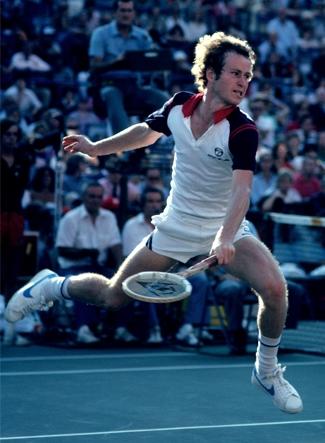
So, what in the world this devil of an American lefty was doing? He performed a tennis without a scheme, unpredictable, literally "invented" shot after shot and, not insignificantly, without ever having had an athletic trainer.
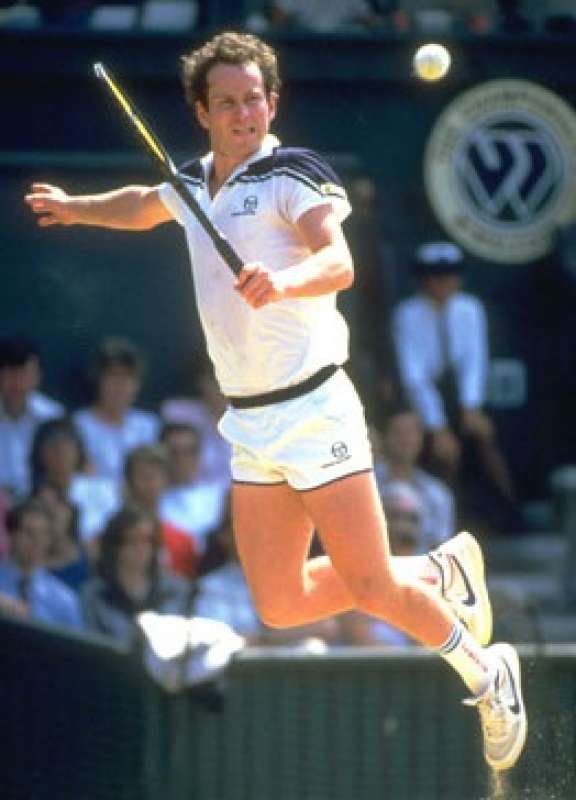
He tapped, sorted, suddenly accelerated and swooped to the net to make a volley, holding the racket like a spoon.
The American spoke a lot. Too much for purists. The Swedish never spoke. Too little for the rest of the world. They were perfect in their rivalry. They complemented each other wonderfully. Borg's silence was almost more deafening than the other's dramas. All of this on the level of the game.
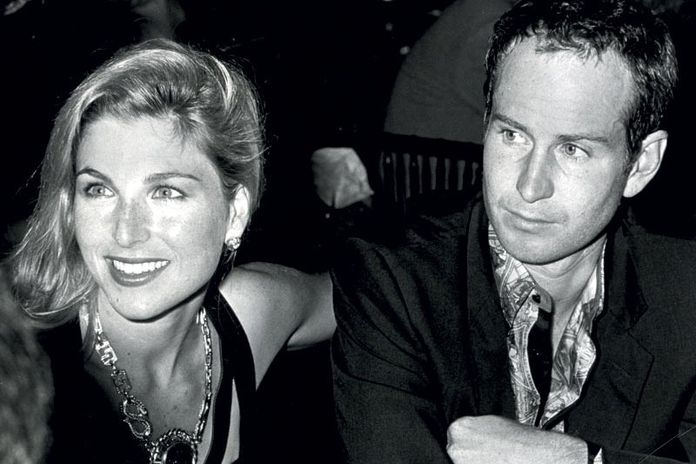
But the real revolution, that of McEnroe, came from his behavior, from his attitude to amaze. The long wave of his rude gestures terrified right-thinking people, but fascinated the public and tabloid magazines.
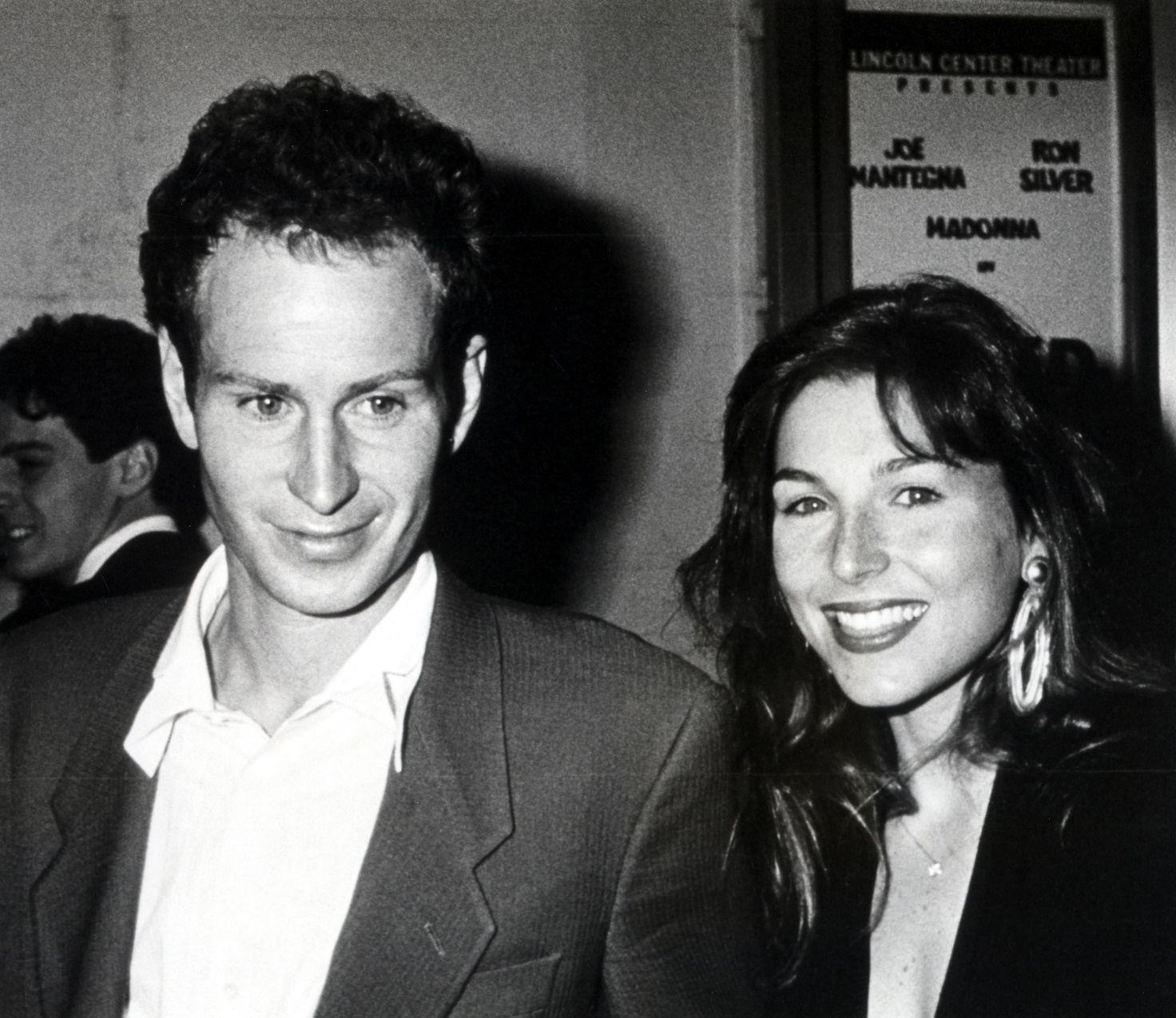
Through McEnroe a tennis nouvelle vague exploded that was just waiting to be discovered. For the first time the image of the tennis player was no longer that of a candid, ethereal actor, but a rock star.
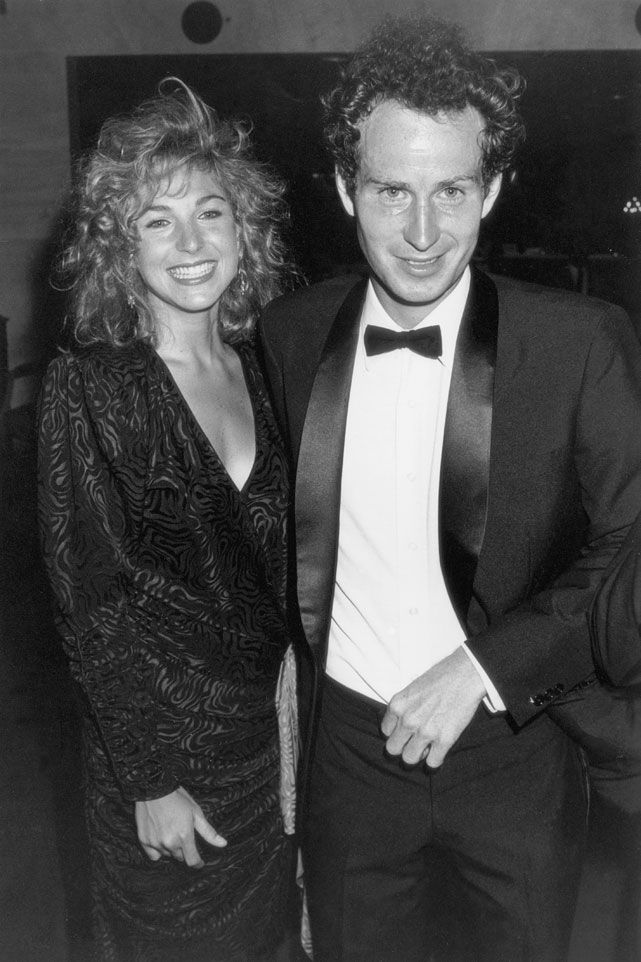
Tennis moved to a new audience, longing not only for forehands and backhands but also for gossips, brawls, loud music, black eyes and shoving photographers. Mac was fully aware of this. And that show was also convenient for the other, for Borg. His head bowed, his body hunched over that two-handed backhand for which he should today ask for copyright, those his spins impressed on the last white balls that were made hairless with every shot, before leaving the market. Only Panatta, unpredictable Gascon like McEnroe, drove him crazy. The others all had to line up, undergo his regularity lessons, Björn's pure geometry. Rotations previously unthinkable: he hit the ball at the top, virtually enlarged the tennis court. The opponent was forced to go back four good meters to recover a rebound never seen before. Looks like we're describing a shot from Rafa Nadal, aren't we? Yet it all happened in the late seventies.
So, you will rightly ask yourself, why do we remember McEnroe more? It couldn’t be otherwise: at the end of the games Borg anesthetized the spectators, Mac, in addition to the great creativity, gave interludes with epithets gone down in history ("pack it up!", "you're pits of the world") against the referees and the audience itself.
So how can today's so politically correct tennis players stand up to those cruel, exhausting challenges, visceral, exaggerated, mad hatreds. How can they give those adrenaline rushes? Today we venerate Federer, we love Nadal, we respect Djokovic. But with a guy like McEnroe, the emotions rose to a higher level. “When you reach the summit at a very young age then a part of you constantly tries to relive those overwhelming emotions. This is the reason why many athletes end badly. They can no longer find that absolute euphoria and feel a terrible emptiness. On the contrary, my life is full of positive things, it is more and more, but however fantastic it is, it is sometimes difficult to forget those exciting victories. In those moments I have to remind myself that I didn't have anyone to share them with. And I think back to how cold and lonely the summit of the mountain was. It wasn't just the talent, it was also my determination to get me where I got. Then that ferocity is gone." Here, McEnroe has been able to give words to the inner fire.
"My life was tennis, tennis and then tennis. At a certain point I was no longer able to endure it: I wanted a life of my own." Björn Borg
Borg entered tennis on tiptoe, suddenly came out of the back door. Only through his private life we later learned that he was not the Iceman that the court showed us. He hid internal turmoil, unimaginable psychological frailties. His loves, even bankruptcy business ventures, told us we didn't understand him. Today Borg is a handsome, charming gentleman. The softened gaze, finally at peace with himself. But his premature goodbye to tennis, at only 26, is absolutely John McEnroe's fault. There is no need for confirmation, Mac certified it. "When I won the tie-breaker for 18 to 16 I felt I had won the match. I thought Borg would be demotivated. But the force behind him was beyond my imagination." We are talking about the 1980 Wimbledon final: Borg won, as the world knows. What escapes is the next episode, the US Open, with the two rivals back in the final: John won. “When we shook hands at the end of the match I saw that he was destroyed. It was as if for the first time he had truly felt overwhelmed by me."
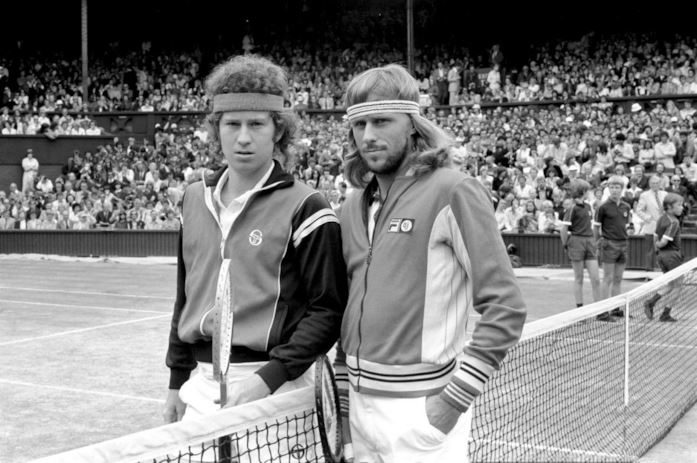
That defeat irreparably cracked the perfect interior of the mechanism. In Bjorn Borg a failure occurred. Slow, lethal. An agony that ended in the only designated place that could offer a new consecration: Wimbledon. It was 1981.
The tennis greats visiting Maranello. Four tennis legends visiting Maranello. By Rita Caridi, 25 November 2015.
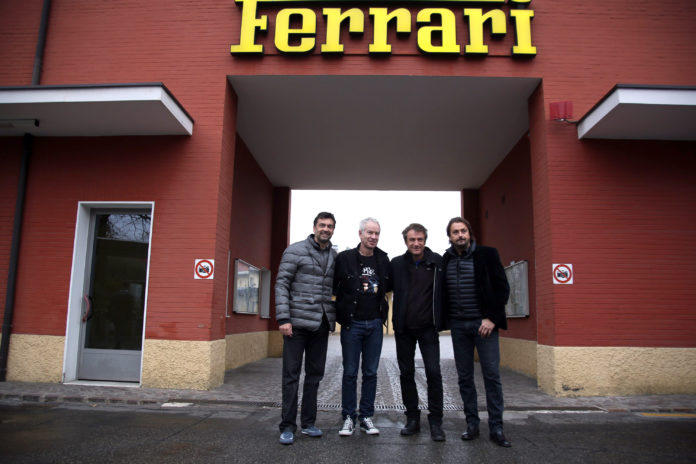
Last weekend four tennis legends were the protagonists in Modena of the exhibition tournament called "The Great Challenge". The days in Emilia of Sergi Bruguera, Henri Leconte, Mats Wilander and John McEnroe have intertwined with Ferrari. On Friday, in fact, the press conference for the presentation of the event was held at the Enzo Ferrari Museum (MEF) in Modena.
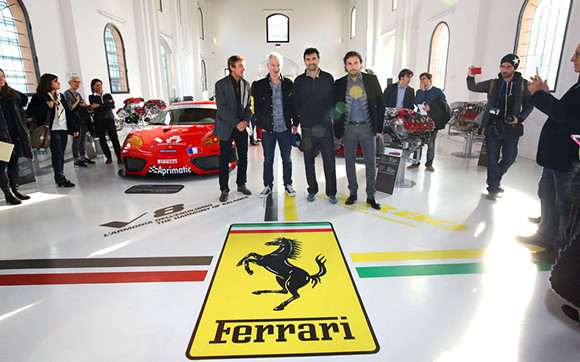
Then, on Sunday, the four great tennis players came to visit Maranello, where two Italian tennis legends such as Lea Pericoli and Nicola Pietrangeli were waiting for them. The group was able to visit the factory to admire the work in the assembly lines of the 8 and 12 cylinder cars, the latest of which is the F12tdf, with which everyone wanted a souvenir photo. The visit continued in the Classics department, where the F40 was most striking for sportsmen. John McEnroe wanted to know everything about the car, including the price of when it was put on the market, in 1987, while Bruguera talked of when he had the opportunity to drive this exclusive model: “it was something crazy, the most powerful car ever driven. The F40 knew how to convey incredible sensations." Still on the subject of "tradition", McEnroe underlined how much this, together with heart and passion, are fundamental in sport, even if, he joked with his well-known sarcasm, "if the pilot is not too good, it is better that you don’t exaggerate with passion."
Mats Wilander said he was admired for everything Ferrari represents, while Henri Leconte proved to be the most passionate: “I have loved Ferrari since I was a child, I have always dreamed of this visit and I am extremely happy to be here. You can go to any factory but none are like Ferrari." Leconte then added a concept: “Ferrari embodies two extraordinary aspects that tennis also has: evolution and tradition. Even in tennis the evolution of materials is enormous and it never stops, but in tennis there are also tournaments such as Wimbledon, where extravagances are not allowed and everything is in the name of tradition: you can only dress in white, there is a story to know, there are fundamental steps to go. Ferrari perfectly represents the union of these two elements: the tradition that derives from one of the most important and well-known brands in the world and the continuous innovation that is represented by its cars."
The four tennis players were then accompanied by Ferrari test drivers for a walk in Maranello and the surrounding area aboard of as many California T. Due to bad weather conditions there was no way to open the roof, but the T car proved to be extraordinarily versatile and capable of giving great driving emotions, even in difficult road conditions and with the roof closed.
Videos
Bjorn Borg
John McEnroe
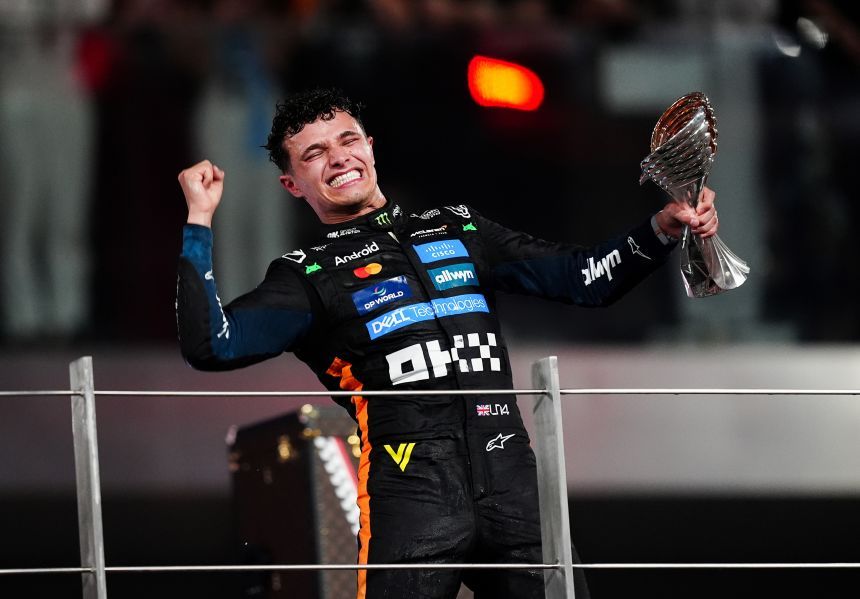

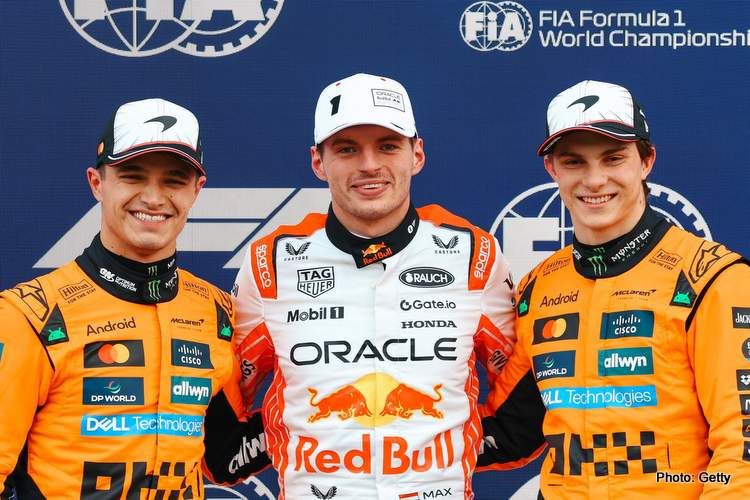
Comments
Authorize to comment